Month
A month is a unit of time that is approximately equal to the length of time it takes for the moon to orbit the Earth. The modern calendar, known as the Gregorian calendar, divides the year into 12 months.
Common Months
- January
- February
- March
- April
- May
- June
- July
- August
- September
- October
- November
- December
Number of Days in Each Month
The number of days in each month varies, with some having 30 or 31 days, and February having 28 days in common years, and 29 days in leap years.
| Month | Number of Days |
|---|---|
| January | 31 |
| February | 28 (29 in leap years) |
| March | 31 |
| April | 30 |
| May | 31 |
| June | 30 |
| July | 31 |
| August | 31 |
| September | 30 |
| October | 31 |
| November | 30 |
| December | 31 |
Importance of Months
Understanding the concept of months is important for various reasons, including keeping track of time, scheduling events, and understanding seasonal changes.
Studying the months and their properties helps in developing a better understanding of the calendar system, which is essential for time management and planning.
Knowing the number of days in each month and identifying leap years is also helpful in various mathematical and practical applications.
By learning about months, students can improve their time management skills and develop a better understanding of the passage of time.
Overall, the concept of months is an important aspect of everyday life and plays a crucial role in various fields such as mathematics, science, and scheduling.
[Month] Related Worksheets and Study Guides:
.◂Math Worksheets and Study Guides Eighth Grade. Linear equations
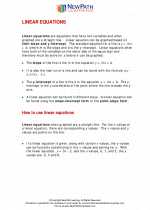
 Worksheet/Answer key
Worksheet/Answer key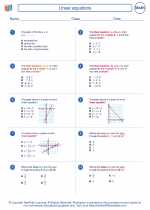
 Worksheet/Answer key
Worksheet/Answer key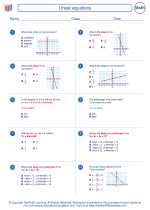
 Worksheet/Answer key
Worksheet/Answer key
 Worksheet/Answer key
Worksheet/Answer key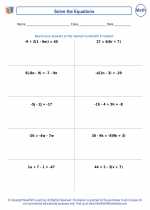
 Worksheet/Answer key
Worksheet/Answer key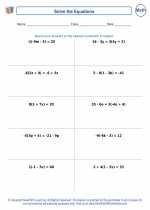
 Worksheet/Answer key
Worksheet/Answer key
